Food Aggression - 5 Tips For Dealing With It
31.05.2021.
Getting a new puppy or a dog is very exciting. We rarely think about potential problems with their behavior and mainly focus on all the awesome things we will be doing together. However, when dog owners get a dog and from the first meal they serve them, the dog starts growling and protecting their food like someone is after their meal. That type of behavior is called food aggression.
The dog might be a sweetheart and very playful, but when it comes to their food, something primal awakens in them, and they feel the need to protect their food. Food aggression is problematic, and you should know how to deal with and resolve this problem. Food aggression is especially dangerous if you have small kids in the house; even if it’s just you and your dog, this is a behavior that should not be tolerated.
Here is how you deal with food aggression;
1. Adding food to their bowl
One of the innovative ways dog owners have been dealing with food aggression in their dogs is by adding food gradually to their bowls. That means that you don’t add the whole portion at once. Start with establishing a feeding schedule. If you notice food aggression in your dog, you can start implementing this technique.
If your dog eats in the morning and in the evening, their anxiety will start growing at that time. They will anticipate their meal and hype themselves up. You can prepare the exact measure of their meal and begin by giving your dog ¼ of the full portion. When the dog eats it, take their bowl and add the second portion. This will make an association in your dog’s brain that taking their bowl is a good thing, and you are the one that will provide food. You should repeat the process with all your family members.
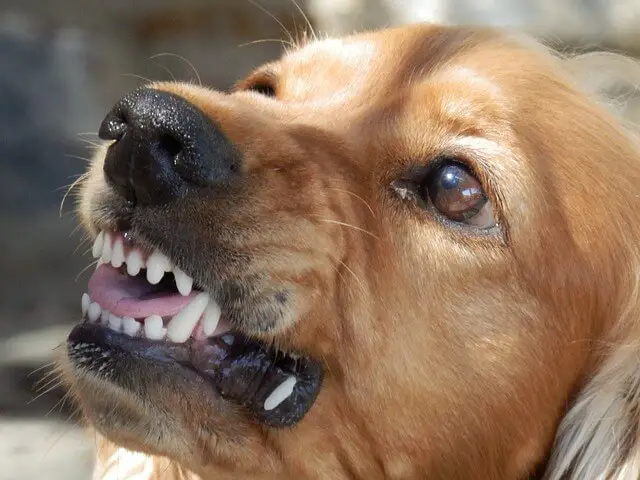
2. Switch the bowl for your hand
That might seem like a risky technique, but if you hand-feed your dog, they will look at you like the main food provider. The food aggression should get resolved as soon as your dog gets comfy enough around you. It can seem scary but don’t give your dog any food until they are completely calm and can safely eat from your hand.
By using this technique, your dog should get used to having your hands around their face while they are eating. The food aggression should tone down, and they will view your presence as something they should not stress about. If this tip works, you can start reintroducing their bowl and test their reactivity.
3. Scheduled feeding
Dogs have a great sense of time, and they know exactly when their next meal should be. They also know when it’s time to go for a walk, to bed, or when their owners come home from work. They have a great internal clock, and sometimes, consistency can solve food aggression in dogs.
Most food aggressions come from anxiety, and the dog is not sure where their next meal is coming from. If you keep a strict schedule and make sure your dog gets their meal every day at the same time, their anxiety can be reduced, and food aggression should be resolved. However, it would be best to still keep close to your dog while they are eating, so they get used to your presence.
4. Food earning
One of the common ways dog trainers deal with dogs’ food aggression is to make the dog “work” for their food. This is an effective way of dealing with this behavioral issue. You do it by giving your dog a specific command they have to obey before they eat.
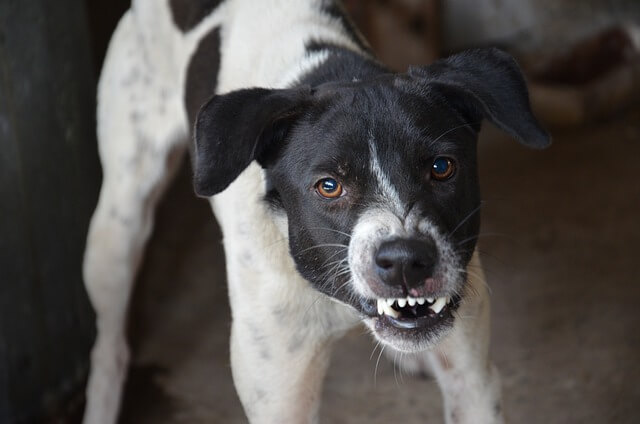
The best thing you can do is tell your dog to wait for their food in their crate or sit and wait in front of the room where you are preparing their food. Make them sit patiently while you serve them their usual meal, and it will change how the dog views you. When you put the bowl down, make the dog wait until you give them the command that will allow them to get up and get to their bowl. You can stay there when the dog starts eating and move away slowly.
PRO TIP: Providing your dog with plenty of exercises can lower their anxiety and stress. However, make sure you train and exercise your dog BEFORE you feed them. Training and exercise after eating can lead to life-threatening conditions like bloat.
5. Leave the dog alone during meals
One of the first things you’d have to do is make sure your dog has some peace and quiet while they are eating. Nobody likes to be disturbed when they eat, and dogs with food aggression are the best example. If you have multiple pets in your household, make sure they don’t cause anxiety to the food-aggressive dog.
An important thing to keep in mind is that food aggression comes from fear and anxiety. It is a good idea not to give your dog any reason to be anxious. Don’t cause them unnecessary stress and make them feel safe. An excellent way to do that is to isolate them while they eat and establish a regular feeding schedule. You can start implementing one of the other tips to deal with your dog’s food aggression in time.
In conclusion
Food aggression can be problematic, especially if you have kids at home. However, it is a problem you can deal with if you are patient enough and follow these tips. Keep in mind that food aggression comes from anxiety and stress, so make sure your dog feels safe and comfortable, build the trust, and you will get over this bump. Plus, if nothing works, you can always ask your vet or a dog trainer for advice and professional help.
World Dog Finder team

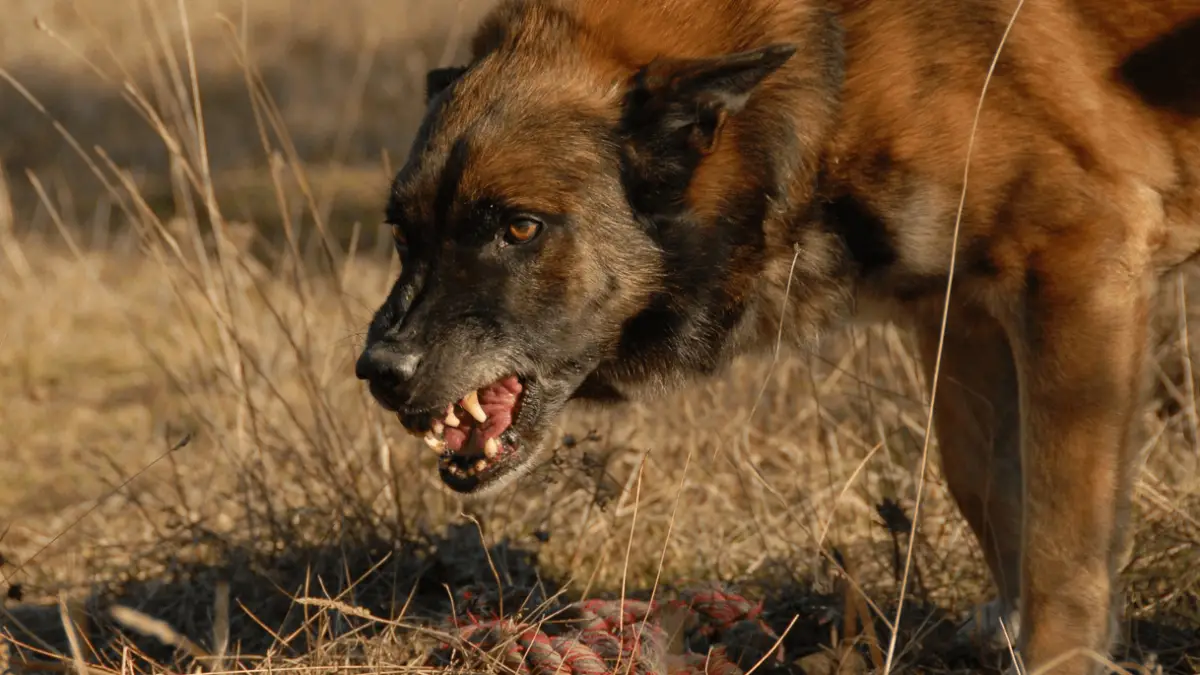
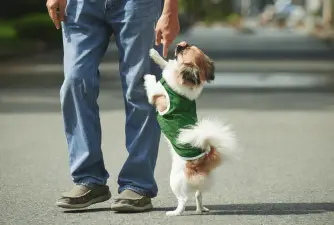
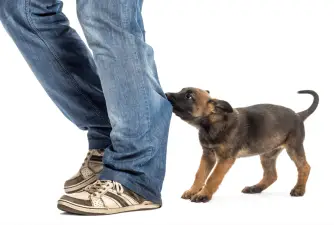
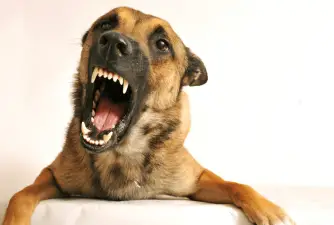
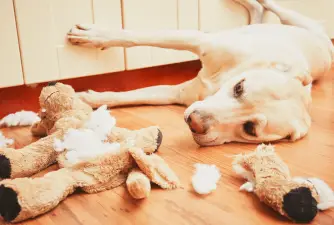

Share